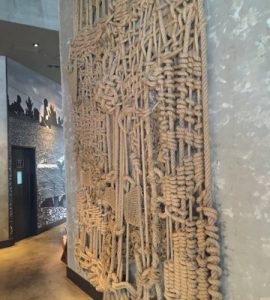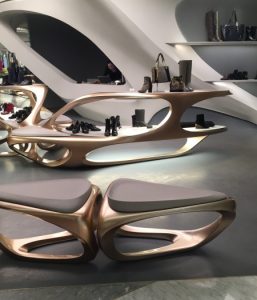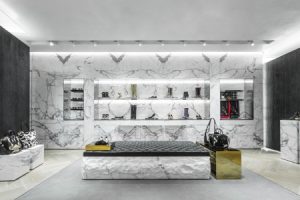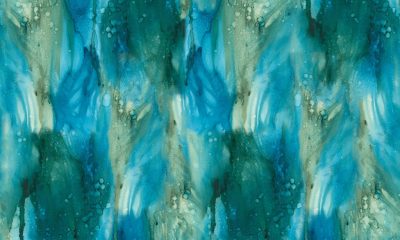2015 is finally here and we wanted to share with you our top 10 trends in store design for this year. These trends are true for retail stores in major cities in China such as Beijing and Shanghai, but are also evident in other places.
1. Hi-Tech
LED screens showcasing the collection on the runway, tablets in the stores for customers to browse products and interactive window displays are just some of the technologies used in store designs by forward looking brands. Brands who want to survive need to integrate digital strategies with their brick-and-mortar stores, not only to avoid “showrooming” but to create a consistent brand image across all channels, drive in-store sales, and promote brand loyalty. One brand known to be one step ahead in terms of O2O (online-to-offline) strategy is Burberry, and others are quickly following.
2. Pop-Up Stores
Advertisement
More and more brands are using pop-up store designs as this is a very effective way to create a buzz. This is achieved by implementing very conceptual or creative, eye-catching design elements that are sometimes not practical for retail stores. Pop-up stores are also a very cost-effective way to test out new territories or launch new product collections, since the financial investment is kept to a limit.
3. Back to Nature / Sustainability
Many brands like Aesop or Starbucks are making sustainability or authenticity of materials the key philosophy of their store design concept. This trend of using natural materials, textures, or a natural theme for the concept is observed in a broad range of special retailers and F&B chains.
4. Futuristic Displays
Advertisement
To create a more futuristic and trendy store design, luxury brands and medium-positioned retailers are opting for unique shapes such as curvy or streamlined customized fixtures for clothing rails as well as product display cabinets for shoes and bags. Examples of brands known for their futuristic displays are Marni, Alexander McQueen and Stuart Weitzman.
5. Mix of Materials & Design Styles
More and more brands take the bold step of launching a new store design concept that is based on an eccentric mix of materials which are traditionally not combined. This allows retail brands to express different facets of the brand image and distinguish themselves clearly from other competitors. An excellent example here is Kiehl's which surprises customers with a store design comprising of industrial elements (brick wall, neon), premium accents (chandelier and marble), natural features (wooden display furniture) and clinical touches (uniform of the sales team, skeleton, almost-clinical product packaging).
6. Local Design Elements
Advertisement
We have worked with a range of international brands that all decided to integrate Chinese features into their adapted global store design concept. Adding local elements will add context to the location of the space and increase acceptance of local consumers. Design features which are often applied to the store are Chinese stools, display cabinets and screens, ancient door elements as well as ceramics on display.
7. Warm Color Palettes / Femininity
Marsala is the color of the year 2015 and can be perfectly combined with other warm color tones such as taupe, olive and grey. Grey in general will make a space look more elegant and premium.
In the past years, many retail spaces looked a bit cold because of their combination of neutral white lighting, white walls and other cool color tones. Recently, a number of brands are (finally!) realizing that the majority of their customers are women and that in order to have them stay in the store and try on products, a warm and feminine atmosphere is required. Besides an adjustment of the color scheme, soft furnishings and textures are tools that can be applied to achieve a warm store design concept.
8. The New Metal: Copper
Copper seems to be the metal that is slowly replacing gold or silver. Retail brands can include this rosy ashy metal into their store design with clothing fixtures, pendant lamps, product display tables or even wallpaper designs. Having touches of copper on a white backdrop, with grey furniture accents and wood flooring can make a store feel luxurious and modern.
9. A Touch of Luxury: Marble Effect
Many luxury brands are using artistic painting techniques to create a marble pattern effect on walls, floor tiles and even onto counter surfaces. This in turn makes the store chic, modern and trendy. Retailers on a budget can use real marble on a few selected surfaces, tiles, wallpaper or rugs to obtain this effect.
10. Industrial Style
Going back to basics with monochrome colors, exposed steel beans, big windows and concrete flooring creates a sense of depth and communicates a certain authenticity of the brand. In addition, products usually stand out well with an industrial background.
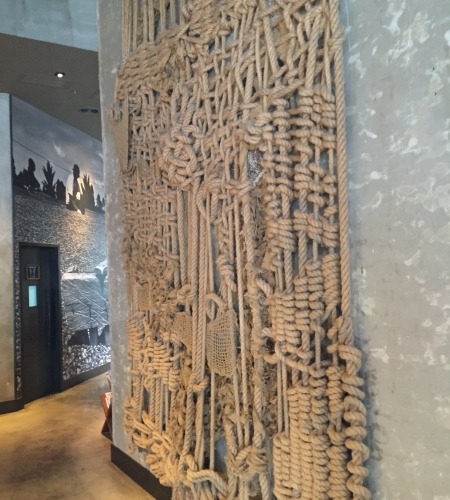

 Photo Gallery1 week ago
Photo Gallery1 week ago
 Headlines4 days ago
Headlines4 days ago
 Headlines1 week ago
Headlines1 week ago
 Headlines2 weeks ago
Headlines2 weeks ago
 Headlines1 week ago
Headlines1 week ago
 Designer Dozen1 week ago
Designer Dozen1 week ago
 Headlines1 week ago
Headlines1 week ago
 Headlines1 week ago
Headlines1 week ago
